Today is an age of information explosion. Being in a social media environment that pursues short and fast, the chance for people to talk to each other has become easy, but having real communication has become more and more difficult. Leaving messages, expressing feelings, and communicating sincerely, have somehow and invisibly, become a battle of emotion and reason between people. In an era where everyone’s voice can be heard but no one is quiet enough to listen to you carefully, it is like absolute loneliness amid the hustle and bustle, and living in a vacuum oceanarium tank.
The younger generation feels a strong sense of loneliness in real life, as well as their struggle between the narrow gap between virtual and reality. In recent years, the frequent occurrence of social unrest and the economic downturn have intensified this sense of uneasiness and anxiety, and people are instead prone to keep their pain to themselves. I feel that our generation is filled with an inexplicable sense of shame about negative emotional outbursts; we look incredibly strong, but our hearts have long been riddled with holes.
British writer Alain de Botton said in “Status Anxiety” (2004) that our perception of ourselves depends to a large extent on what others think of us. We are always eager for others to harbour positive comments about us and are always careful to crave expressions of affection from any other person. But, often, by focusing too much on the opinions of others, we are instead easily influenced by their judgements and prejudices, and thus self-harm. We should follow our inner conscience, not praise or condemnation from the outside. The point is not what image we seem to be in a randomly formed crowd, but what image we know ourselves to be, and that is the importance of finding ourselves. I conducted a survey to address the issue of people facing anxiety.


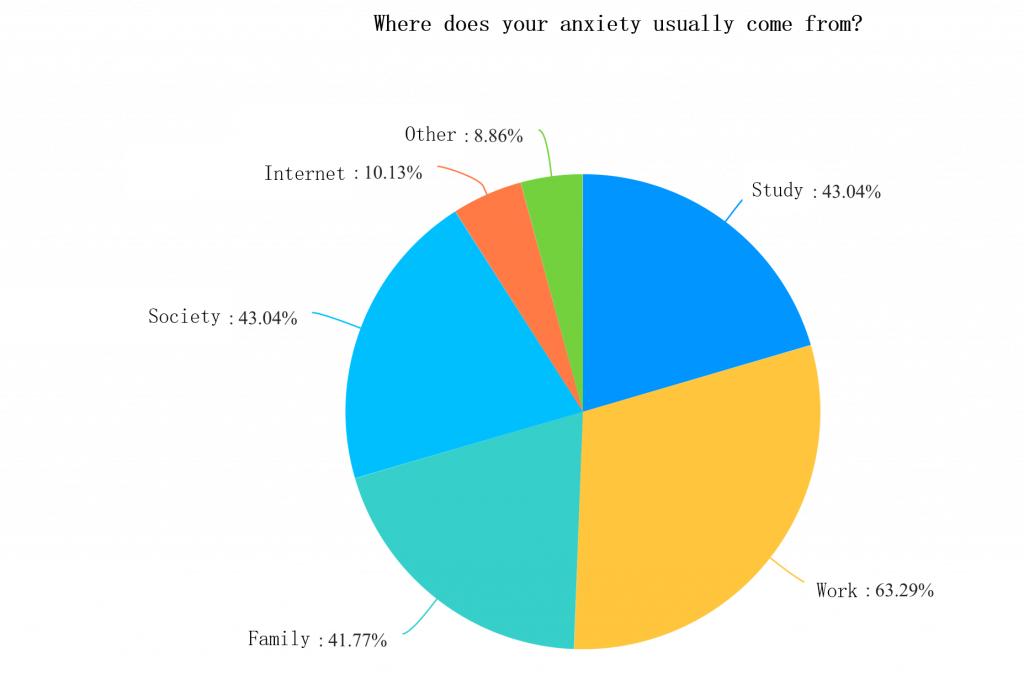
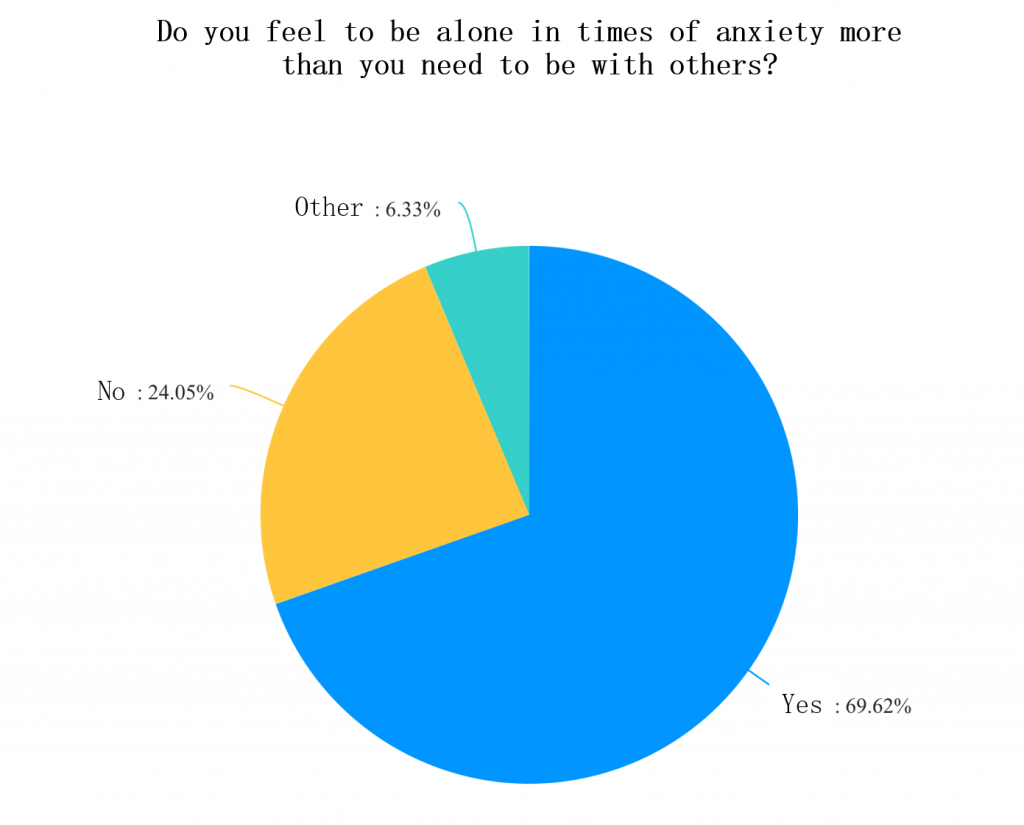
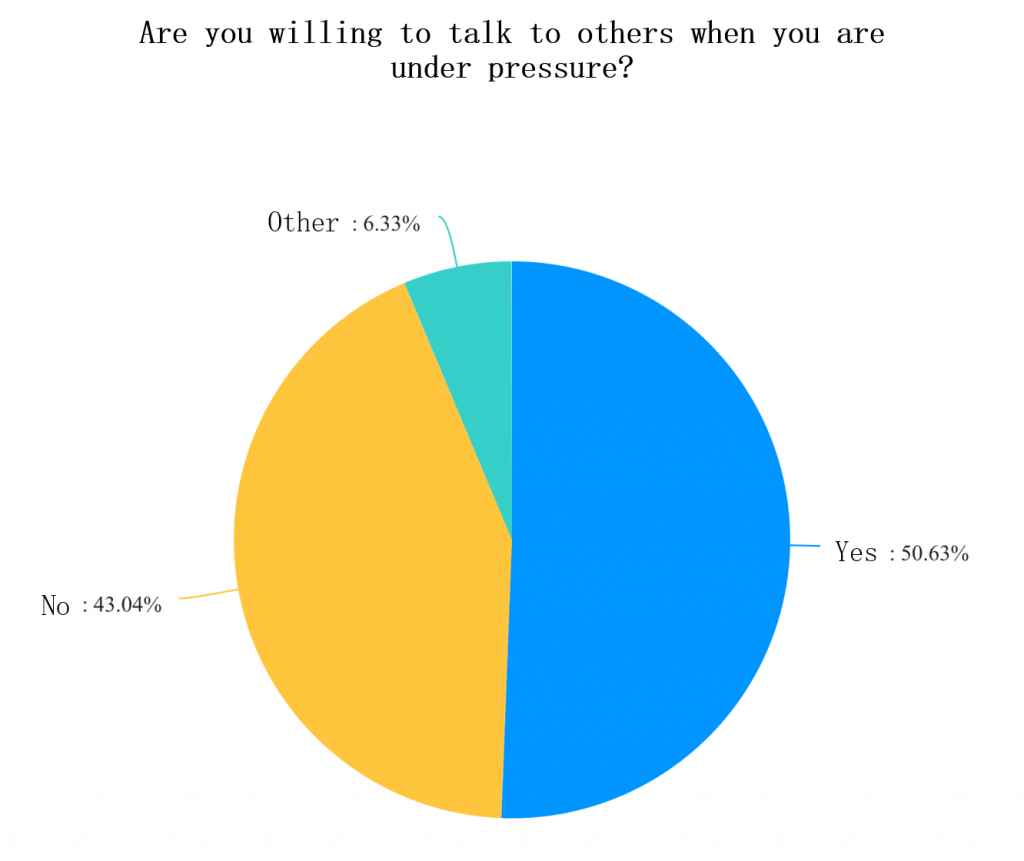
Masks are used as an identity marker, both as a dividing line between the real and the disguised and as a way to indicate the zone between the visible and the invisible. But is wearing a mask a disguise for the self, or is it a display of the true self?
According to Carl Jung, “persona” is the false, non-existent, and perfect “self”, but at the same time, it is the self that has to follow the social order and the expectations of others. If a person becomes obsessed with a certain mask, he will over-identify with it, and then other personalities will be rejected by him and the exaggerated personality will replace his own, which means that the “false” replaces the “true”.
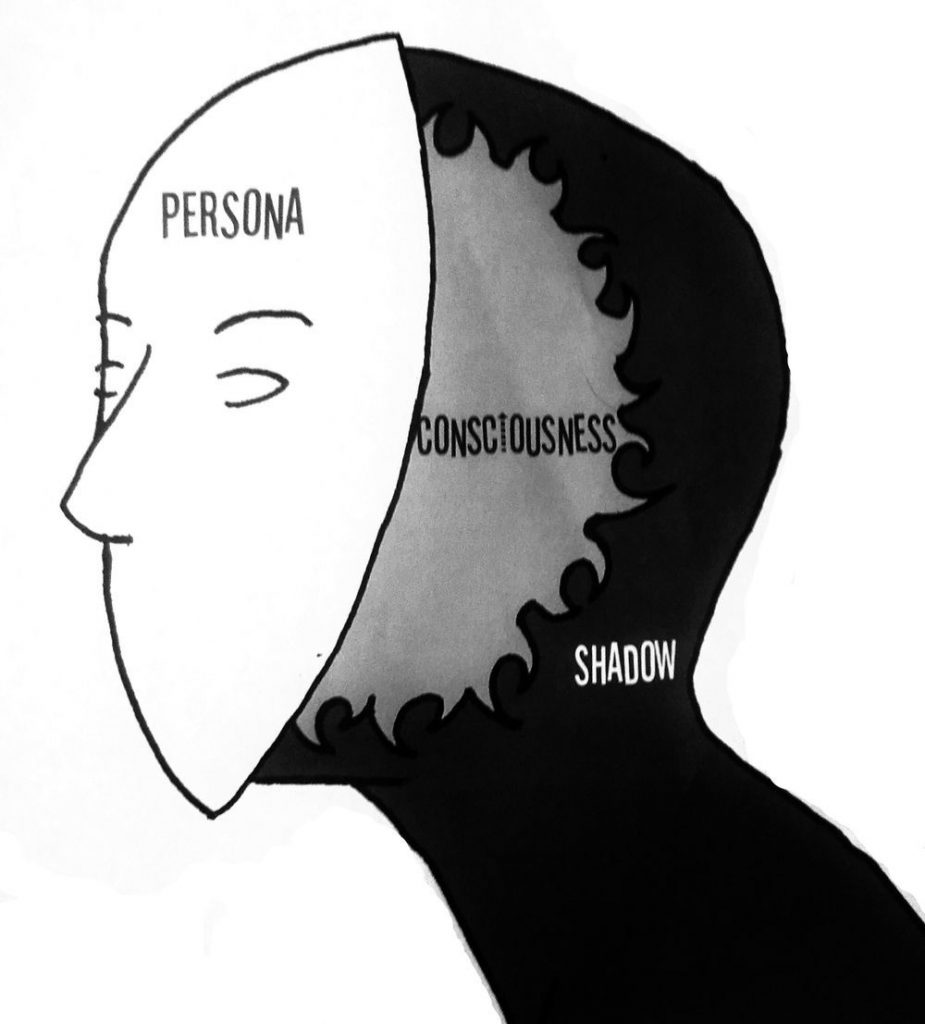
Masks are worn on the theatre stage in order to be used to create a theatrical distance between the actor and the audience. It traditionally considered to be props that allow the actor to detach himself and freely play another character. It is a model that contains storytelling and imagination to activate the character on stage. In Drag Queen culture, the mask is the switch that transforms their identity and is the secret code of their group. They wear heavy makeup and place their original selves underneath the mask as a way of releasing their inner truth.
Our own faces may be the ones that have to follow the social order, and the expectations of others to present us, not necessarily the real us. On the contrary, when we put on the mask of our choice, it means that we are isolated from discipline and the scrutiny of others, and our freedom is truly liberated.
Take the performance artist Leigh Bowery for example, who often wears a mask or wears heavy make-up to hide his true face and body from view. He chooses not to show his face not just to dress up and hide, but to present and express. It’s a way of detaching himself from his original identity and presenting a different kind of grotesque, gender-ambiguous body – the one that he desires in his heart of hearts.
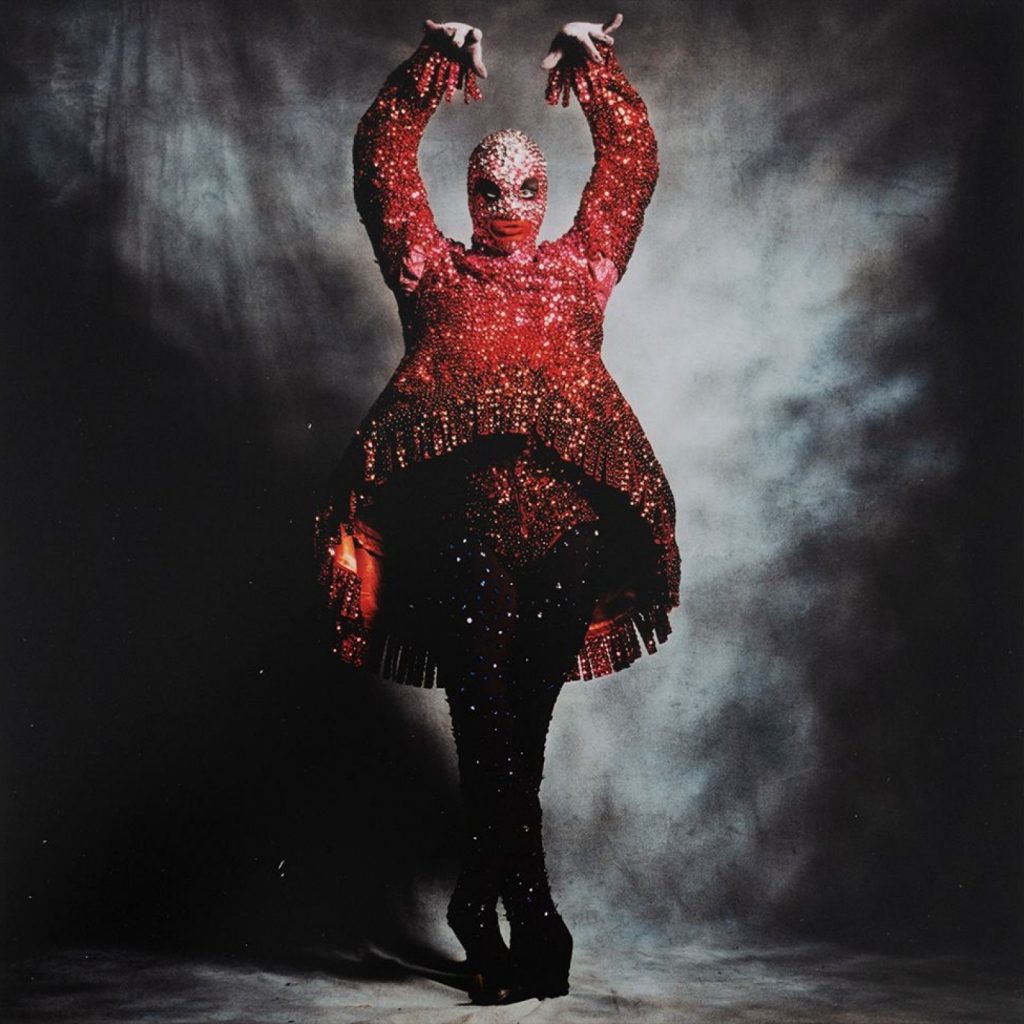
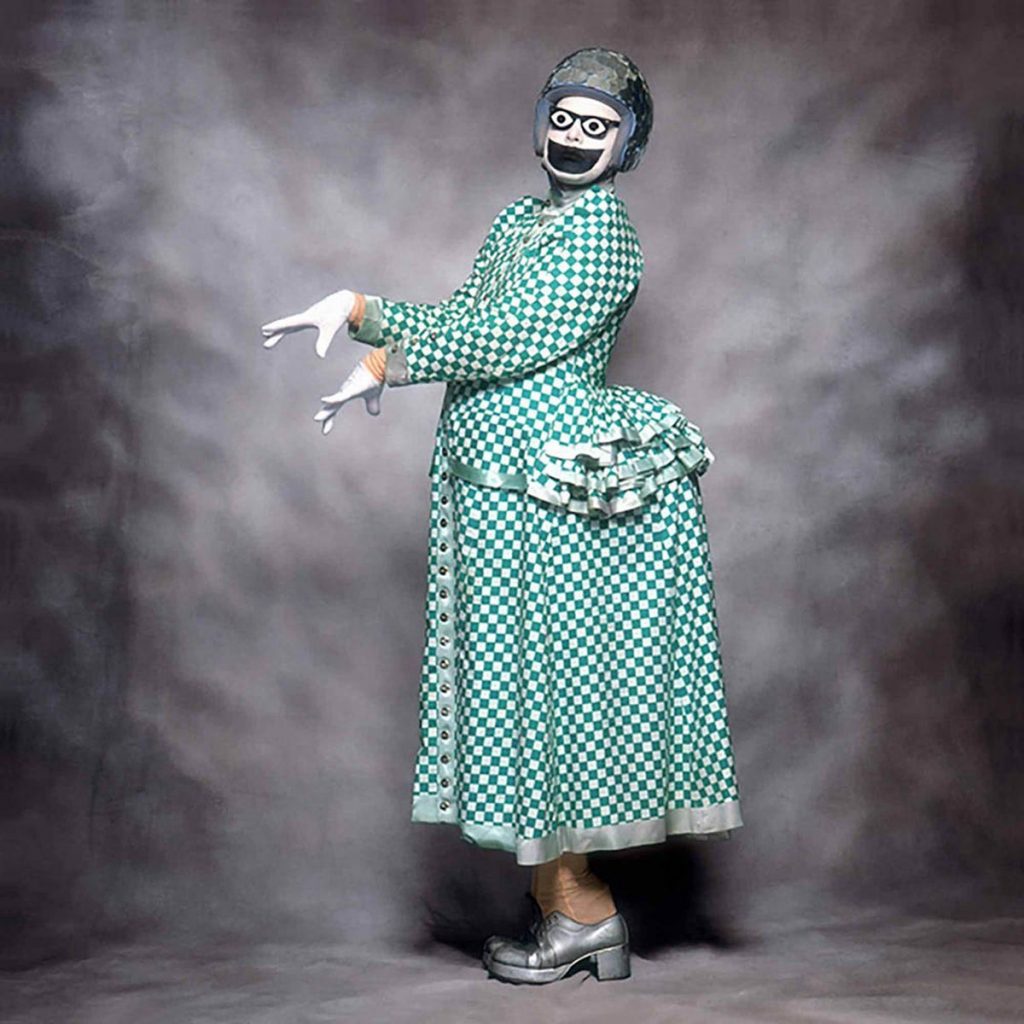
The reason why I wanted to research this topic is that in my past experiences, I’ve been pushed along at the pace that society has set for me, thus forgetting who I am and not being able to relieve the pressure that has been building up. When I was talking about stress and self-awareness, I found that I could relate to many people, even though we grew up in different countries, it’s an issue that we all need to face in our generation. As we can see from the survey, half of the people think that confiding in others is an effective way when experiencing anxiety. When I asked people in what environments they are usually more comfortable expressing their true selves, most of them answered in familiar or anonymous environments.
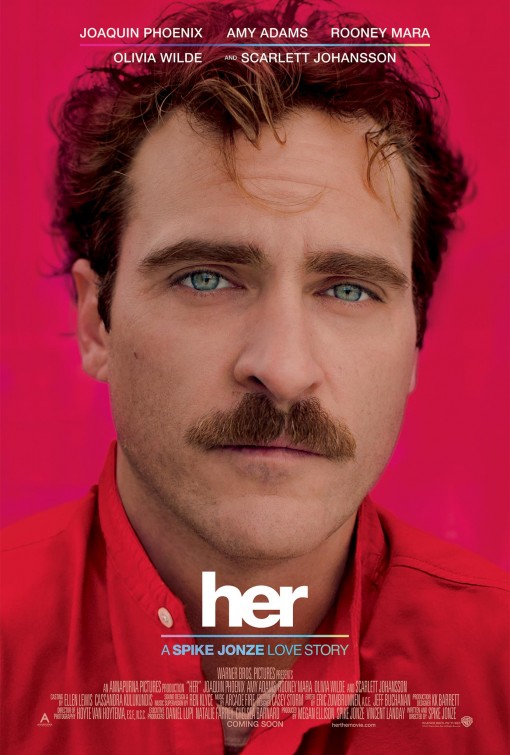
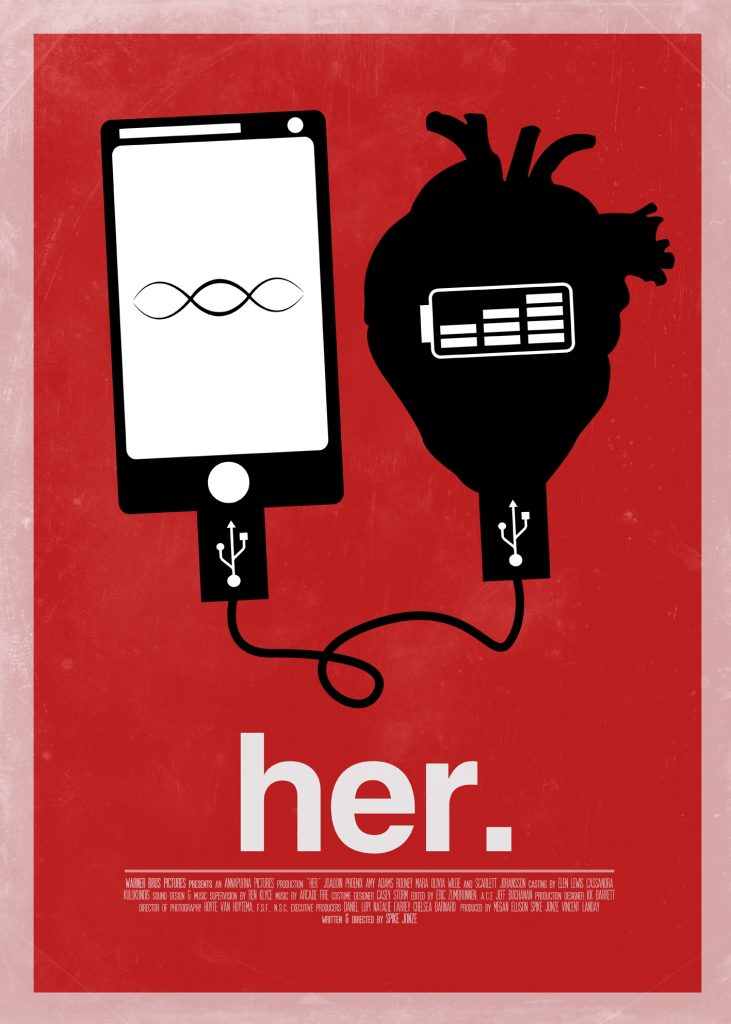
The topic of expressing emotions and communication reminded me of the film Her (2013). The character’s marital conflicts and nostalgia for his ex-wife prevent him from moving forward substantively in his life until he meets Samantha, an operating system, with whom he slowly falls in love. Director Spike Jonze says this is a film that explores the intimate relationship. Humans crave intimacy but fear and resist it. Technology facilitates communication, but it also allows people to hide behind it and avoid real emotional contact. The film sheds the cold veil of technology directly and gives it a highly humanized touch. The love story between the main character and the AI is thought-provoking; technology brings them together but also exposes them to insurmountable obstacles.
Her inspired me to rethink the relationship between people and technology. Nowadays, with the rapid development and application of artificial intelligence such as ChatGPT, electronics, and virtual roles seem to be redefining people’s communication. We can rely on various social apps to meet new people anytime, anywhere, and build seemingly very rich relationships. But while we expect more and more from technology, at the same time, does it seem like we expect less and less from each other? Can we use emerging technologies to help us find our self-image in reality?
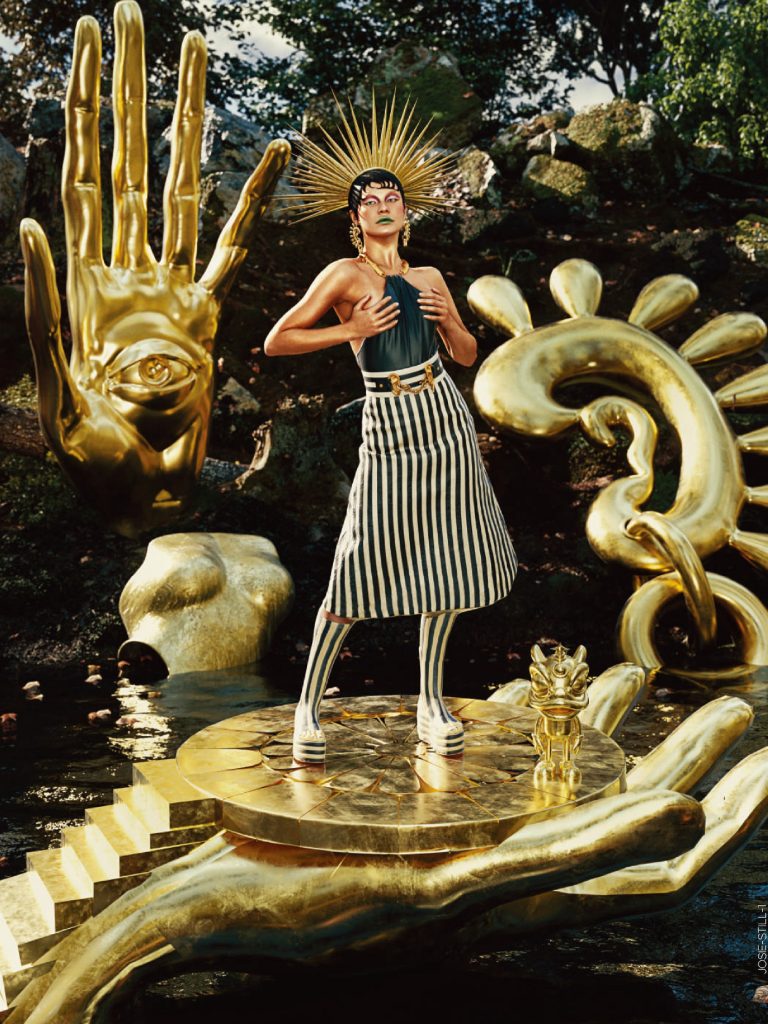
Shxpir is a photographer with a unique style and a creator of 3D digital art. In his work, you can feel the exuberance of the Renaissance or the opulence of the French Rococo period. After years of working as a photographer, where he developed a strong and iconic aesthetic, in 2019 he turned his attention to the world of Web 3.0. Fascinated by it, he has dedicated himself to it and has finally found a place of free creativity at the ambiguous junction between the virtual and the real. Today, he is a pioneer in this field.
After nearly eight years of experience as a fashion photographer, Shxpir was sensitive to the growing demand for different visual images around him and longed for new mediums in which to express himself. It was then that he discovered the rise of “3D digital avatars” along with digital virtualisation technology, and wanted to try and figure out a way to create a digital avatar based on a real person.
In 2020, Shxpir launched a very personal and visionary digital avatar project, the perception series. The project focuses on people of different ethnicities and skin colours around the world and uses them as a blueprint for a series of digital backgrounds to show the world the beauty of diversity. I know it’s probably more of an artistic expression, but it opens my eyes to more possibilities of finding identity.
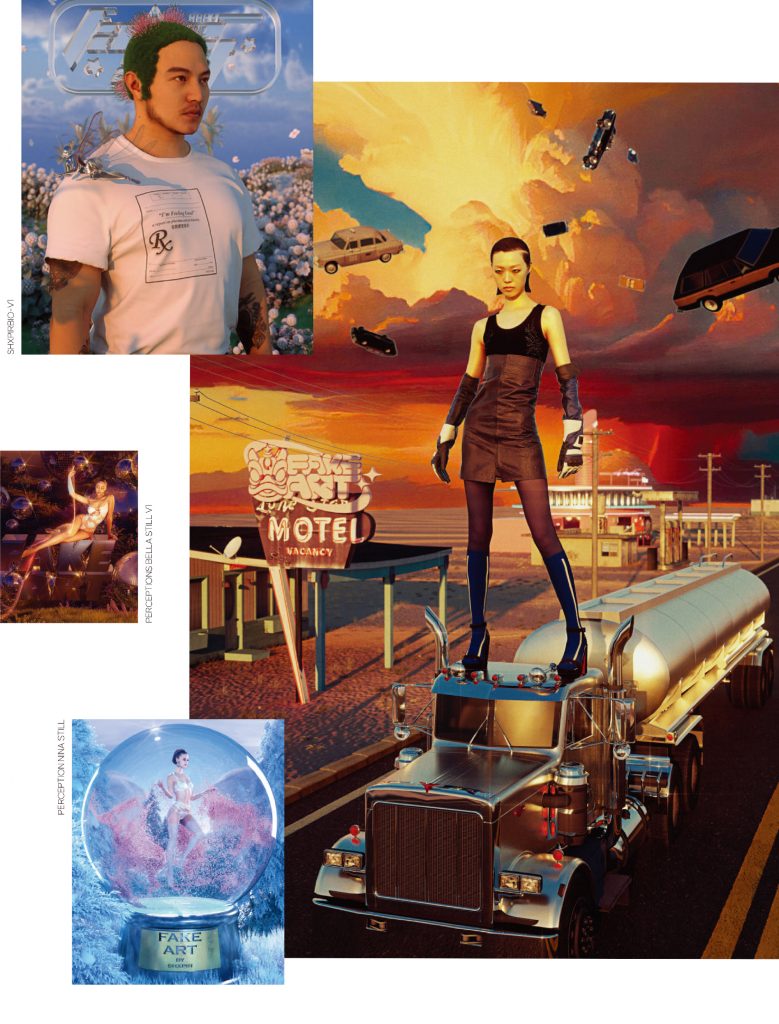
Bibliography
Botton, Alain De. Status Anxiety. London, Penguin, 2004.
Cochrane, Lauren. Sex, Sin and Sausages: The Debauched Brilliance of Leigh Bowery. 13 Aug. 2018, www.theguardian.com/artanddesign/2018/aug/13/sex-sin-and-sausages-the-debauched-brilliance-of-leigh-bowery.
Her. Directed by Spike Jonze , Warner Bros, 2013.
Stein, Murray, et al. Map of the Soul: Persona, Our Many Faces ; a Guide. Asheville, N.C.: Chiron, 2019.
Turkle, Sherry. Connected, but Alone? TED Talks, Feb. 2012, www.ted.com/talks/sherry_turkle_connected_but_alone?language=en.